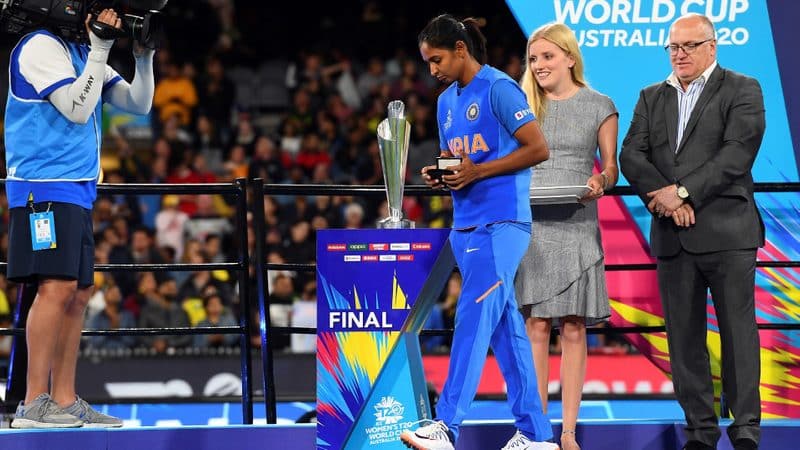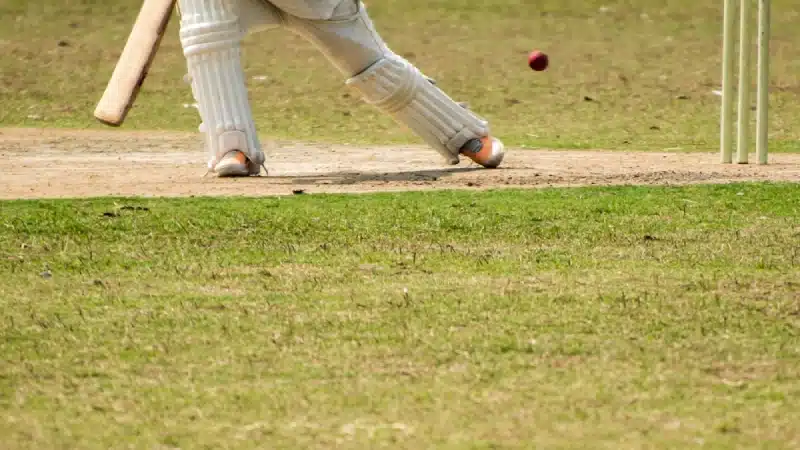
India women were handed a reality check in the finals of the ICC Women's T20 World Cup as Australia blasted them by 85 runs in front of a packed audience at the Melbourne Cricket Ground on Sunday. The bullish Aussies went on to register their fifth title win as India were left ruing the chance to grab a maiden title in the shortest format of the game.
Harmanpreet Kaur, post the game, stated - “The way we played in the league games was outstanding. I still have a lot of faith in my team. It’s part of the game, sometimes you win and sometimes you lose. You have to keep learning. But I trust this team."
While the team itself might be fine, there are a few areas India might want to work upon and some harsh lessons to take back home.
Over-reliance on spin
For most of the tournament, India played four spinners in their starting XI. They were lucky enough to get slower wickets in some of these matches, including the first game against the Aussies, and strangulated teams with their slower bowlers. From Poonam Yadav to Deepti Sharma, Rajeshwari Gayakwad and Radha Yadav, there were standout performances from the spinners but the onus on them was too much.
In the finals, on a flatter deck at the MCG, the quicker bowlers were more likely to shine. This was evident when Megan Schutt had Shafali Verma caught behind with extra bounce in the first over of the run-chase. India's spinners went at over seven runs per over while their only pacer - Shikha Pandey - was belted for a hat-trick of sixes. This over-reliance on spin bowling might be something India would want to avoid soon with the next ODI World Cup in New Zealand next year.
Read | Mitchell Starc travelled 10,000 km to see wife Alyssa Healy in World Cup final
Lack of team strength
There's too much pressure on too few players in this Indian line-up. Their whole bowling plan is aligned so that Poonam Yadav has a field day, but on her off days, India find it tough to keep the scoring rate in check or pick wickets. With the bat, the same goes for Shafali Verma, who at 16 years of age, carried the hopes of the nation in the finals.
The likes of Smriti Mandhana and Harmanpreet Kaur are out of touch and India struggled to find inspirational performances from their other players. The lack of impact players in the side makes India depend on very few for winning matches. Not the kind of habit you want to encourage if winning consistently is the moto.
Big-match pressure
After failing to go through in the 2017 World Cup final at Lord's against England, India Women, like their men counterparts, have struggled to cope with big-match pressure. Even as Alyssa Healy and Beth Mooney showed how to bat carefree irrespective of the importance of the game, India seemed nervous and unsure from the onset.
Read | Are India the new chokers in ICC tournaments?
Their bowling plans went awry and it seemed like India had no back-up plan as they grappled to stay alive in the contest. With the bat, they derailed completely, losing track of the target soon after Shafali's dismissal in the opening over.
Fielding
While Australia pulled off some incredible outfield catches, India were woeful in the field. Within the powerplay, Shafali Verma dropped Alyssa Healy in what could be termed as a game-changing moment in the finals. Healy went on to make an outstanding half-century that all but sealed the finals. Her partnership with Beth Mooney was critical in Australia's win. If it had been broken earlier, India could have wrestled some advantage and used their spinners more effectively.
The Indians will need to take back the vital lesson that their fielding needs to improve if they are to win big games.
Feature image courtesy: AFP / Willaim West




















